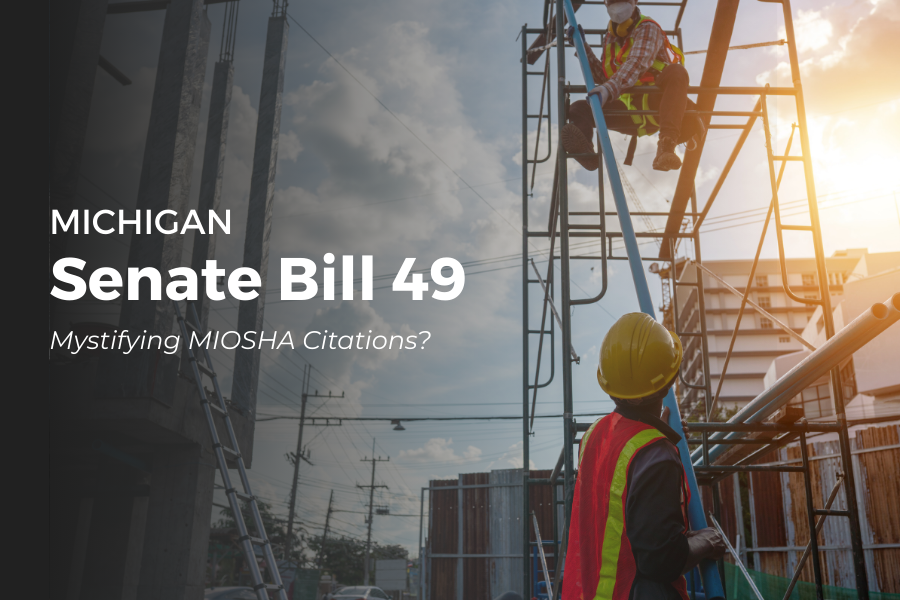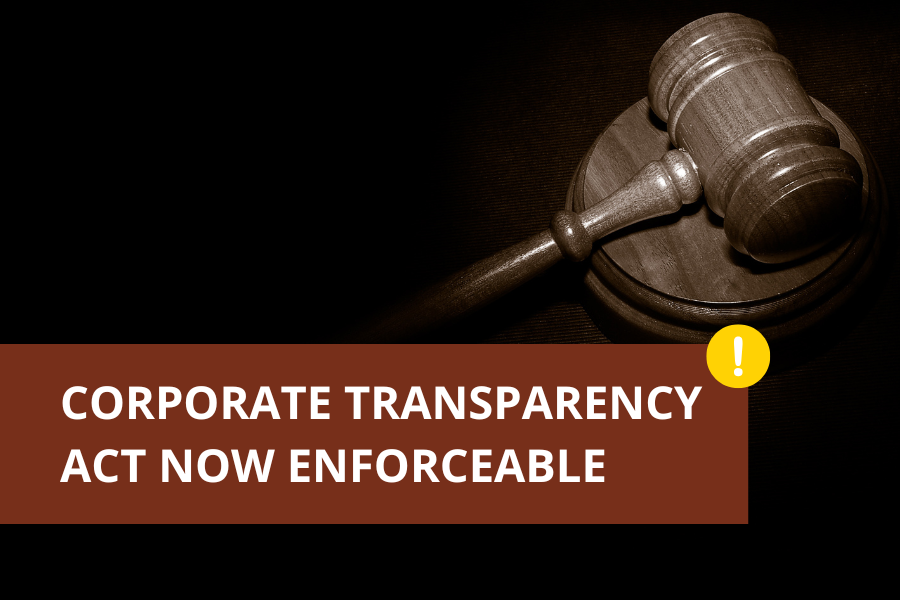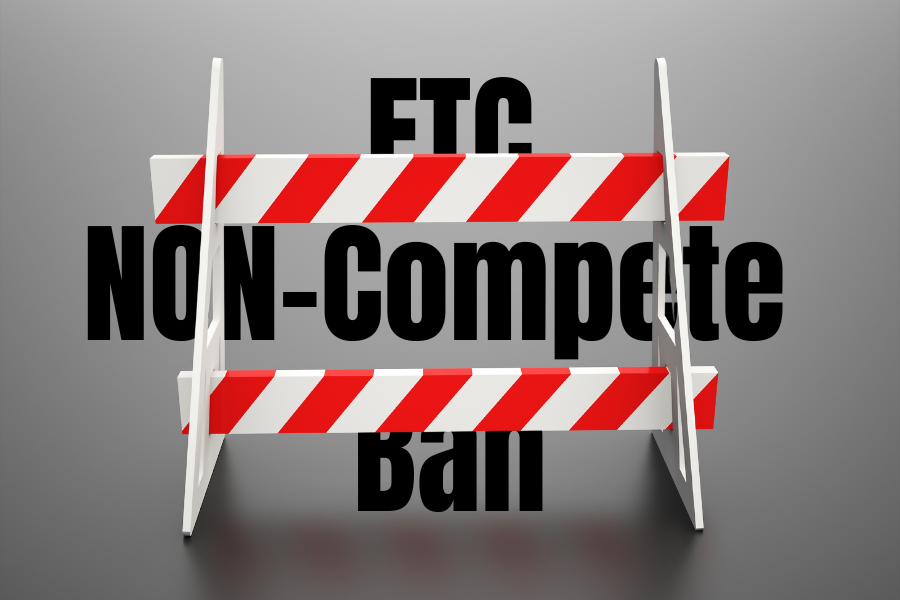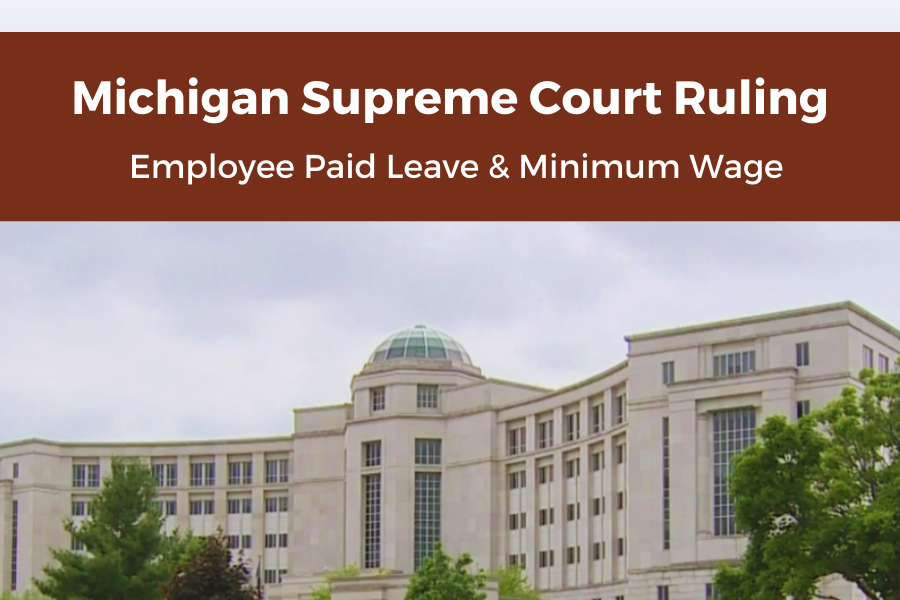By Aileen Leipprandt
The Michigan Court of Appeals recently affirmed a contractor’s right to defense and indemnity from its subcontractor under the plain language of the parties’ subcontract. Provenzino v Macomb County Department of Roads, et al (January 2017).
In this case, Mr. Provenzino alleged that he was injured when he fell from his motorcycle after encountering a disparity in height between adjacent milled and unmilled lanes of traffic in a construction zone. Provenzino sued multiple parties including Florence Cement Company, the general contractor, and Lois Kay Contracting Company (LKCC), the subcontractor who milled the roadway surfaces. Florence filed a cross claim against LKCC seeking indemnity based upon the indemnification provision in the parties’ subcontract. That provision stated:
Subcontractor agrees, and shall bind all sub-subcontractors to agree to indemnify Contractor, Owner and all other parties the Contractor is obligated to indemnify pursuant to the Prime Contract (hereinafter “Indemnitees”), and to defend and hold Indemnitees forever harmless from and against all suits, actions, legal and administrative proceedings, claims, demands, damages, interest, attorney fees, costs and expenses of whatsoever kind or nature whether arising before or after completion of Subcontractor’s work and in any manner directly or indirectly caused or claimed to be caused by any action or negligence of Subcontractor or Sub-subcontractor, and regardless whether directly or indirectly caused or claimed to be caused in part by a party indemnified hereunder or by anyone acting under their direction, control or on their behalf, until such time as a judgement [sic] is entered against Contractor by a court of law. …[emphasis added].
The trial court dismissed Florence’s claim for indemnity ruling that LKCC’s work did not cause the plaintiff’s injuries and that there was no evidence to suggest LKCC was negligent. The Court of Appeals reversed, ruling that the plain language of the indemnity provision required LKCC to defend and indemnify Florence. The appellate court explained that in determining whether a duty to indemnify exists, the issue is not whether LKCC was actually negligent; rather, the issue is whether Mr. Provenzino’s allegations arose in “any way” from LKCC’s work. Since Mr. Provenzino broadly alleged that LKCC and Florence’s actions created an unreasonably dangerous condition, under the plain language of the subcontract, the indemnification clause was triggered.
Lesson Learned : Each party to a construction contract (whether giving or receiving indemnity) should carefully assess (and negotiate) the indemnity provision to properly manage risk transfer.










